Digital Medicine and its Ripple Effects
Recently, I was at a conference where it occurred to me most of the topics we discuss with each other are usually the new exciting changes in healthcare. Or we focus on the barriers and challenges. Often, those barriers tend to be caused by our ‘new exciting changes’ - a whole batch of unintended consequences.
This reminded me of a story circa 2016. At the time, we were conceptualizing the tele-triage initiative at TJUH. Our primary objectives were to reduce instances of patients leaving without being seen and minimize the time to provider in the emergency department. These are #CMS metrics and are meant to reduce the time patients wait and improve their care. We already had an existing telehealth program with trained emergency physicians working virtually. So it seemed like the ideal solution for the challenges we sought to address.
And it certainly proved effective for those specific concerns. But with all changes, we created unintended ripple effects. One, in particular, was mentioned by our residency director although its significance did not immediately register. But when attending emergency physicians place orders for most patients before their physical assessment in the ED, that means that our residents are not.
In emergency medicine, the ability to identify critically ill patients, interpret clinical cues, and promptly issue necessary orders is a fundamental skill. With the implementation of tele-triage, we inadvertently restricted the opportunities for residents to practice and learn these skills.
Although our telehealth program operated only during specific hours, it eventually expanded hours and that impact on MedEd is unclear.
This scenario highlights a common tendency – the eagerness to employ technology to address problems without fully grasping or contemplating the potential consequences. It underscores a broader issue of unintended outcomes that often accompany the adoption of technological solutions.
While the integration of digital technologies remains imperative in modern medicine, and i’m certainly not advocating for limiting it, it is equally vital to acknowledge and address the unintended consequences that may arise.
Here are some other one:
1. Overreliance on Technology:
We can get information at any time at the tips of our fingers. The truth is we may not always have access to that - what if you end up working in a disaster or mass casualty when there is no connection? Or somewhere remote with limited resources? We may not always have access to that and so need to understand the necessities of our professions. In emergency medicine, for example, knowing what to do (meds, procedures, protocols etc) for something that is emergent and immediately life threatening should be in the forefront of our minds, learnt and reviewed. So we do not have to rely on technology in those situations. Our job (and patients) rely on us having that knowledge at our fingertips. This is true for each specialty with differing details. As one of my attendings used to say when I was a resident, ‘do not be the doctor that your patient was unlucky to have that day’. While technology is helpful and a great aid, it shouldn’t be the only base for our clinical skills.
2. Privacy and Security Concerns:
With the digitization of health records, more of our health information is out and a prime target for cyber threats. This requires cybersecurity measures which exist - I’m not suggesting we go back as having these records is actually helpful and allows us to get better data. But we are at higher risk.
3. Health Inequities:
Health equity was an issue prior to implementing technology. However, adding technology didn’t help as having devices, wifi connectivity and digital literacy still has gaps in access. Addressing these disparities is crucial for bridging this.
4. Loss of Human Connection:
The risk of diminishing the essential human connection between healthcare providers and patients has often been cited as a problem. While telehealth offers convenience, it may lack the personal touch that comes with face-to-face interactions. Technically there are skills and ways to improve digital empathy and the claims of replacing human connection with tech are overblown. Our goals are to ensure patients still feel connected. Tech is an adjunct.
5. Data Overload and Misinterpretation:
The abundance of health data generated by wearable devices, electronic health records, and diagnostic tools is leading to more work for clinicians. Eventually we should be able to take this and make our workflows faster but that isn’t the current case. Clinicians now have to navigate and interpret vast datasets, potentially leading to misdiagnosis or overlooking critical information.
6. Erosion of Patient Autonomy:
This might be a wash. Tech has created automated decision-making algorithms and predictive analytics which can influence treatment plans, potentially limiting the individualized nature of patient care. Then again, patients now have access to their medical records, their health data, and can invest in devices to do so. So it also increases their autonomy in knowledge, even if not in practice.
7. Financial Implications:
While healthcare technology holds promises of efficiency and cost-effectiveness, implementation can lead to substantial financial burdens. The initial costs of adopting and integrating technology, coupled with ongoing maintenance and updates, may strain healthcare budgets. The goal is for this to eventually balance out. Although technically, telehealth cost modeling saves money, this is only one area. We are constantly growing new digital technologies which require more budgets.
None of these can or should stop digital medicine. But it is worth considering how we move forward and what might happen because of even small changes. A thoughtful and proactive approach is necessary to harness the full potential of healthcare technology while mitigating its unintended consequences.
